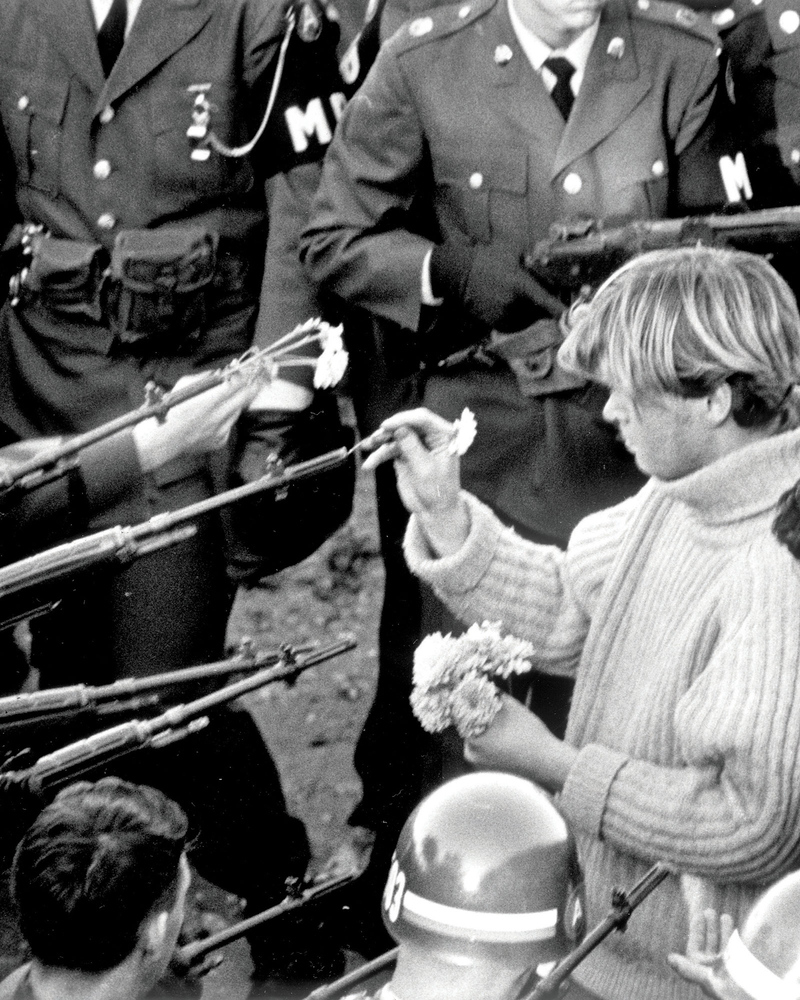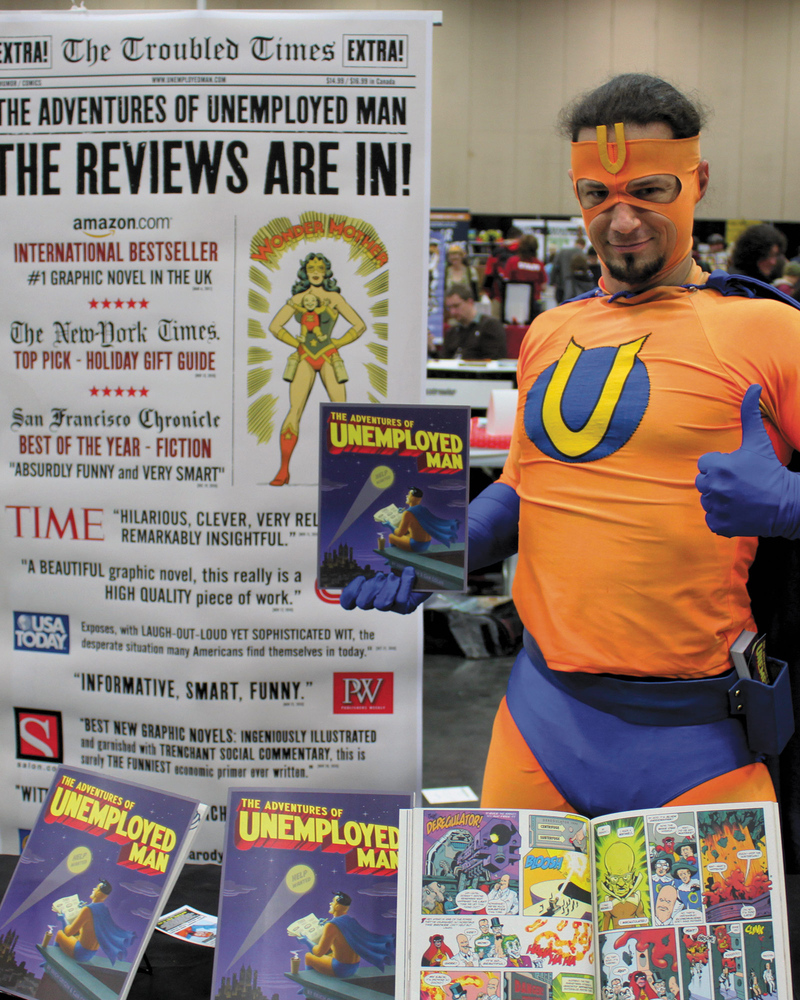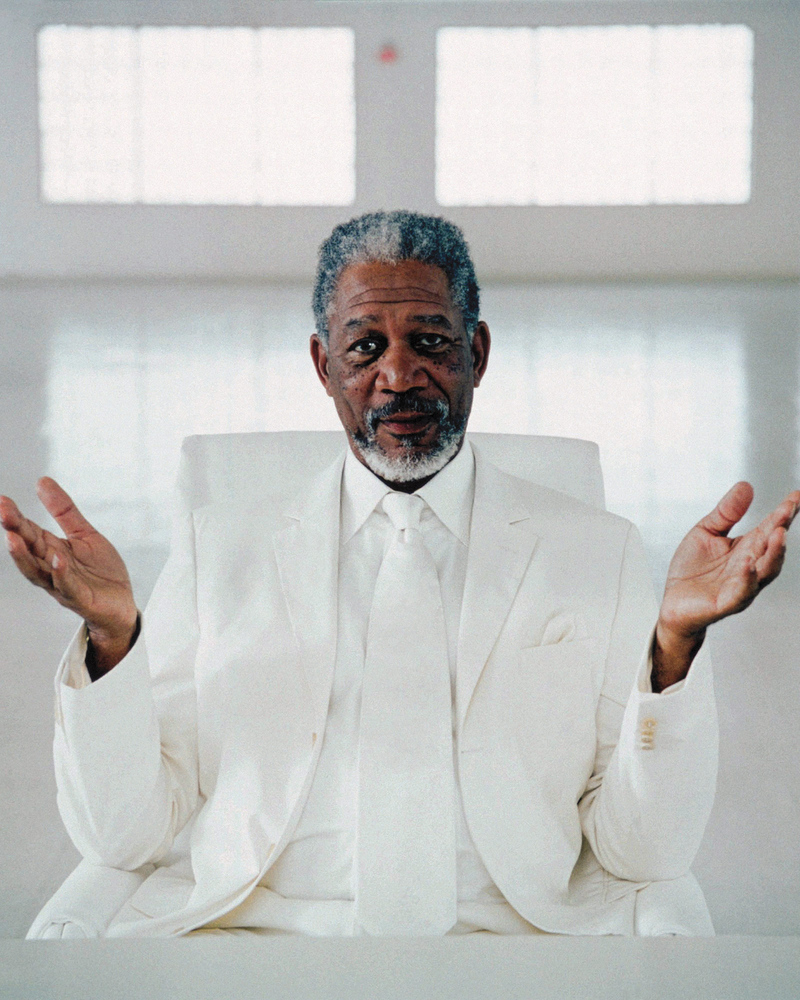...BEES
Worker bees grow weak or lose their famous ability to navigate when they’re infected by viruses transmitted by mites and fungi. As a result, they just aren’t returning to hives with nectar and pollen, leaving the brood to starve. The result is a new threat called Colony Collapse Disorder (CCD). Maybe you don’t care for bees and wouldn’t mind seeing them go, but here’s the thing: One-third of our diet comes from plants that are pollinated by honeybees. So, if CCD is not stopped, virtually all the nuts and fruits that we eat, as well as some vegetables, are going to get a lot more expensive, and could someday become extinct. Stress due to pesticides, lack of water, or malnutrition might make the bees more susceptible to the pathogens. The current thought is that CCD is the result of a perfect storm of some or all of these factors. We hope that changes in apiculture, the use of pesticides, and the development of fungicides and anti-virals will reduce the likelihood of CCD. Perhaps the greatest hope is in genomics and the discovery of genes that render bees resistant to pathogens.
—Thomas Schultz, behavioral ecologist and Tight Family Professor in the Natural Sciences
...MAGAZINES?
Despite all the gloom and doom, the printed word will be around for a long time. After all, who wants to haul a $500 iPad to the beach or into the bathroom? I have no illusions about print being invincible. But at least some people will always want a printed version to carry, hold, clip, and save. And even if everyone who now reads printed newspapers or magazines switches to iPads, there still will be a need for journalists to report and write for the virtual print editions available online or via iPads and e-readers—or whatever comes next. Fact is, newspapers have more readers now than ever when you consider all who read them in print and online—thousands more. Newspapers and magazines don’t have a readership problem; they have a revenue problem. And I’m confident that we’ll find a solution. From the perspective of this ink-stained wretch, now almost 30 years in newspapers, I don’t care how people want to get their news as long as they continue reading it in some form. And they will. I think they’ll even be willing to pay for it.
—Alan Miller, journalism instructor, advisor to The Denisonian, and managing news editor for The Columbus Dispatch

...POETRY
Hope is the thing with feathers, says Emily Dickinson in one of her magnificent poems. It is specific, organic, beautiful, flying-and-fleeting. It can sing a beautiful song.
So is there hope for poetry? Of course there is. I feel nothing but hope for poetry.
It’s people about whom I am much less hopeful. We do tremendous violence to ourselves, to others, to the green world, to our very prospect of a future. We ought to be able, acting together, to mitigate some of our individual deficiencies, and yet even collectively we are brutal—we with our armies, our tongue-tied churches, our smarmy corporate deceptions. Greed and power doom us over and over. Of the few things we have created together that enact a real sense of hope, poetry numbers in that rare group along with libraries, hospitals, the ideal notion of equality, and yes, schools.
Poetry is our language made deeper, more musical, more grave, more felicitous, and more physical than our other languages. Or rather, along with the language of music and the language of mathematics, poetry is our most intense and complex system of representation and meaning. It reminds us that reason is only one tone in a complex scale that includes, also, passion, magic, and sympathy.
I hold out hope for us. If we are capable of “When Lilacs Last in the Dooryard Bloom’d” and “To Autumn” and The Wild Iris, then we are capable of crafting a future of healing and hope, singing a beautiful song in its fullest tones.
All we have to do, as a poet wrote hundreds of years ago in China, is “set out in an evening / of mist.”
—David Baker, poet, professor, and chair of the English Department

...ICE CAPS
At the South Pole, the Antarctic ice sheet is about 2,700 meters (9,000 feet) thick, and has been in existence for millions of years. It may fluctuate in size, but it probably isn’t going away, no matter what we humans do to the earth’s climate.
At the North Pole, the situation is different. The polar ice cap there is floating on the Arctic Ocean and is actually quite thin, averaging only about two meters (six feet) thick. Even now, travelers attempting to reach the North Pole on foot encounter great difficulty due to thin and shifting ice and open water between the ice floes (ice chunks afloat). The Arctic region seems to be especially sensitive to climate change, and has warmed much faster in recent years than the rest of the earth, leading to an accelerated thinning and loss of sea ice.
Predictions vary, but a permanent arctic ice cap will almost certainly be gone by 2050. If your ambition is to travel by dog sled to the North Pole in the tradition of Admiral Peary, you should probably start soon.
—David Greene, associate professor of geosciences
...LIBERAL ARTS EDUCATION?
Of course there is hope for liberal arts education.
If you read the popular press, however, you might conclude that liberal arts education doesn’t have much to offer. There is concerted pressure from politicians and pundits to implement a standardized post-baccalaureate exam that would be given to all college graduates of any kind. Those pushing for such a standardized exam are arguing that there is nothing special or distinctive about a liberal education. In their eyes, liberal education is a chimera. For them, all college education is the same whether you get it at a technical school, a business school, or a liberal arts college.
Cooler heads know better. Not only do we know that our graduates each year enter the world prepared to do remarkable things. They do remarkable things. When they graduate from Denison, they serve in the Peace Corps and Teach for America; they work in banks and at investment firms; they attend medical school and law school; they star in films and start companies.
We also know that the world needs people who think well, communicate effectively, can reason clearly about both scientific and social problems, and who understand the necessity of connecting with other people. In other words, we know that the world needs exactly the kind of people that a liberal arts education produces.
But wait, you say, what about the recent reports that college students are not learning how to write well, reason clearly, or communicate effectively? Yes, this is an argument that we have all seen in the popular press, but if you read this work carefully, you will find that it is about students who are not asked to read for their classes, who are not asked to write in their classes, and who are not challenged to think critically. But these activities are exactly the things that we do day in and day out, year in and year at liberal arts colleges. In other words, these reports are not about our graduates.
Is there hope for liberal arts education? Frankly, there is no hope without it!
—Bradley W. Bateman, Provost and Executive Vice President

...the ECONOMY
On September 20, 2010 the National Bureau of Economic Research declared that the economic recession that started in December of 2007 bottomed out in June of 2009. Good news. The economy is on the rebound: more jobs are just around the corner.
For some reason it is taking longer than normal to round that corner. For the past 24 months, real gross domestic product has grown. Wall Street has regained much of what it lost during the housing meltdown and the resultant great recession. But the unemployment rate today hovers around nine percent. The escalating unrest in oil-producing countries around the Mediterranean Sea and the Persian Gulf is driving the price of a barrel of oil back up to record highs. The economy is threatened with continued high unemployment and higher prices: stagflation. Not a good combination.
Politicians point their fingers at other politicians, unions, and healthcare. My grandmother said, however, that when you point a finger and blame someone else for the problem, there are always three fingers pointing back at you, suggesting that there may have been something that I did (or we did) that added to the problem. There is little doubt that greed and excess fueled the housing meltdown.
Many people knew that they were taking a serious risk, but took it anyway, jeopardizing their homes and families. Bankers encouraged the risk-taking by offering mortgages that people could not refuse and then passed them on to the next sucker. Then the shaky loans were bundled with other junk mortgages and sold to people who didn’t do their homework and wanted to make a quick buck. Laziness makes one dependent on the trustworthiness or honesty of others. Enter Bernie Madoff stage right. Greed, laziness, and ignorance are all human traits that we as individuals can work on. Here lies the hope.
—Robin Bartlett, professor of economics

...GOD
God is doing fine! As Karl Barth wrote years ago, the problem is “the ground crew.” While the church is the community called to enact the purposes of God in the world, it becomes “enculturated” along the way. The prophetic tradition gets subverted by patriotism; the needs of the poor get sidelined by ideologies of self-interest; and issues of justice are muted by “making the budget,” and enlarging the physical plant. The hope of the church is the God of the prophets who calls women and men to take the cross off the altar and into the world. And rehearses relentlessly the words of Micah: “He has showed you ... what is good; and what does the Lord require of you but to do justice, to love mercy, and to walk humbly with God?”
—David Woodyard ’54, professor of theology
...WRITING IN A TEXTING WORLD?
If a user of English thinks “writing” is the conventional use of Standard English’s grammar and mechanics, one could say there is no hope for writing. The adaptations to American English used in communication devices like email, im-ing, texting, tweeting, blogging and Facebook, let alone Englishes spoken in other countries, might be cause for alarm, especially as the practices of those informal modes of communication assimilate into more formal modes. “People don’t know how to spell,” the spelling bee winners shriek. “People can’t write a complete sentence,” grieve the lovers of sentence diagramming. “People don’t know the difference between ‘its’ and ‘it’s,’” moan the grammar adherents.
I, too, shriek and grieve and moan. But these conventions are just that: they are only the ways we’ve agreed to communicate. I doubt there is a heaven of immutable spelling or linguistic structure, let alone a heaven that includes those components for all of the world’s languages. Those agreements have varied across time, too, so that writing even a hundred years ago often is unrecognizable to us twenty-first century folks. Just as I’m reluctant to find fault in the misuse—or non-use—of these conventional technologies, I’m also reluctant to find fault in modern technologies for leading to the demise of writing. While social networking has been cited as the bane of proper writing and as facilitating the spewing of unmitigated vitriol, they also have kept more than one parent connected with a teenager, let alone instigated democratic revolution.
To me, then, writing is less about strict propriety and more about using written language to probe and often discover ideas, to be thoughtful about complexities, to exchange those ideas with others and thereby explore our place in the world. As I watch students struggle with and often delight in these explorations, I am hopeful.
—Brenda Boyle, director of the Writing Center and assistant professor of English

...PLAYOFFS
There’s such a public outcry for a football playoff model that, sure, there’s hope. In fact, there is a playoff system for every level of college football except that top level. I’d love to see a playoff model reach that tier—it would be awesome to watch a football tournament whittle down to a national championship game. But I have reservations at the same time—the same reservations that are making a playoff model unlikely in the near future. I think we’re all concerned with the number of contests our students play and the amount of time spent away from class. Even though football is a “game you only play on Saturday,” it’s still a really physical game that’s going to demand college students—not professionals—to play as many as four extra games in an already-long season. So in addition to time spent away from their studies, student-athletes are more susceptible to injury.
And then there’s the money. At that level, there is so much money involved on a weekly basis, let alone when your team’s involved in a championship-caliber bowl game in a resort area. A playoff model just won’t bring in the same cash as the corporate-sponsored Rose Bowl or the Orange Bowl or the Capital One Bowl. The fact remains that moving from the Bowl Championship Series to a playoff model would result in lost profits for big companies, tourist spots, and college football itself. But still, as a fan, I’m holding out hope.
—Jack Hatem, head football coach for the Big Red
...BIPARTISANSHIP?
In the short term, the answer is a qualified, no. One need look no further than the recent debates over the budget and debt ceiling to see the absence of bipartisanship in American politics. Political science shows that party polarization among elected officials and active voters is at the highest level since the early 20th Century, yet it is important to note that such extreme partisanship is neither new nor necessarily the norm. Partisanship, like many aspects of politics, is cyclical and could recede in upcoming years. Prior to 1980, when Congress was said to be more bipartisan, Congress was controlled by Democrats who were frequently internally divided on many social issues which facilitated compromise between factions of both parties. Today current members within each party are more ideologically similar, are accountable to primary voters who are less representative of moderate views, and are serving in an electoral environment where majority control of government could change in any election. With these increased political stakes, it is not surprising that members of the two parties are so keen on emphasizing differences with the other side. While the politically related Arizona shootings in January led politicians to temper their rhetoric and cross party lines at the 2011 State of the Union, Washington was not pulled into a new period of bipartisan governing. Perhaps the establishment of a bipartisan committee to reduce the deficit in the bill to raise the debt ceiling will actually lead to compromise, although it could just as easily lead to more gridlock. Unless the public actively begins to reward bipartisanship, or better yet demand it, in how they vote and act politically, the forces driving polarization today are unlikely to change quickly. While there may be reasons for optimism, more budget showdowns, a divided Congress, parties focused on the 2012 elections, and a primary system dominated by partisan voters, make it hard to imagine that bipartisanship is just around the corner.
—Michael Brady, assistant professor of political science

